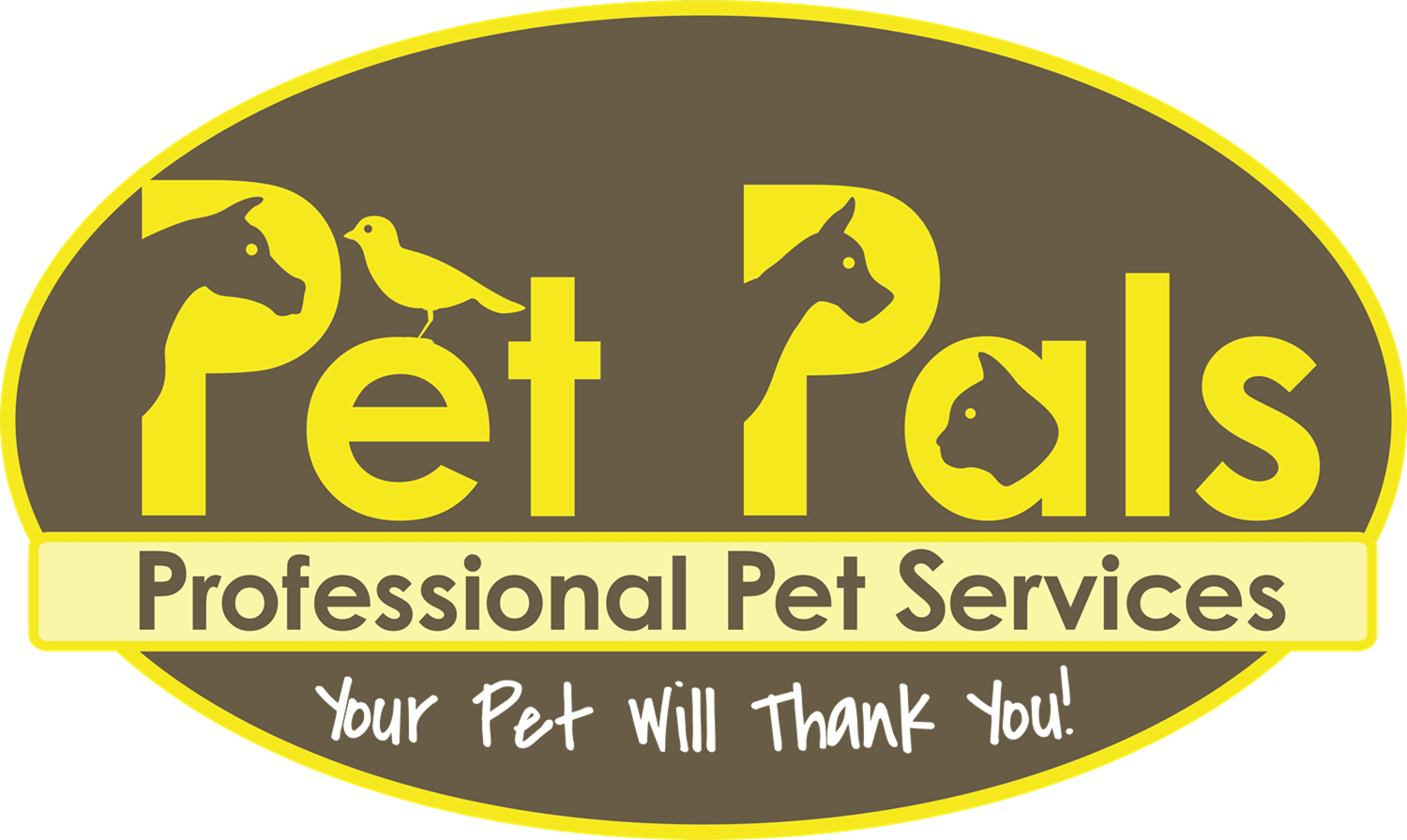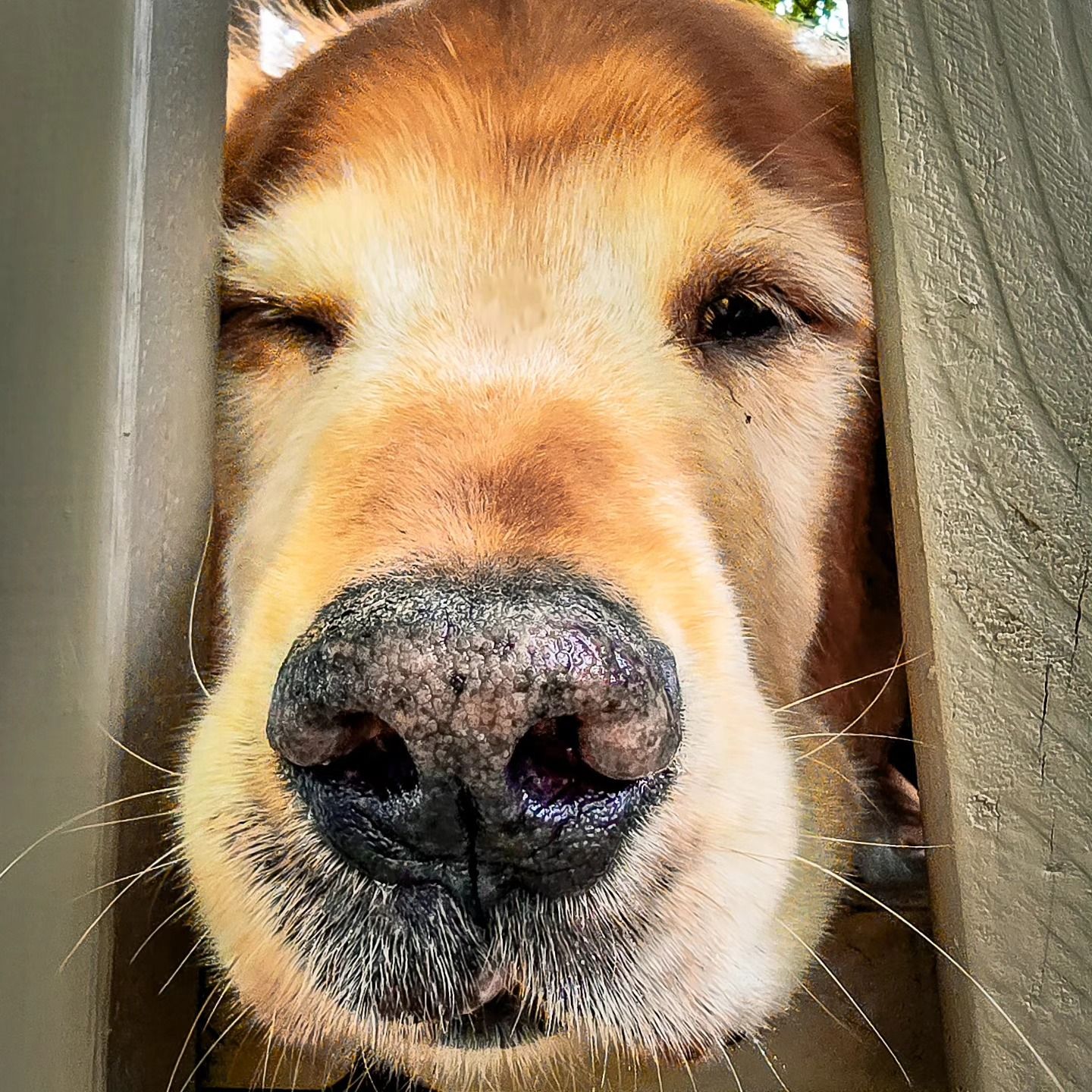Dog Bite Prevention Week
Pet Pals LLC • May 4, 2020
So why do dogs bite? Although not an exhaustive list, some of the reasons include: pain, stress, age, fear, dominance, aggravation, and prey drive.

National Dog Bite Prevention Week:
No matter how many articles I read or stories I hear about someone being bitten by a dog, I take the dog’s side! Well, at first anyway and as a starting point; until I learn the facts. You see, unless the dog is purposely provoked, raised in a hostile or negative environment, or otherwise trained to bite people, it's typically the person who is at fault in some way. Moreover, my experience from working as a professional pet care provider has taught me that our clients don’t want to bite and they even give us warnings if, for whatever reason, they feel the need to bite. Dogs are good at letting us know that something isn’t right and it is our responsibility to heed that warning.
So why do dogs bite? Although not an exhaustive list, some of the reasons include: pain, stress, age, fear, dominance, aggravation, and prey drive. Take aggravation for example. If you tease or otherwise aggravate a dog, then you are setting yourself up to be bitten. Alternatively, we should back off at signs that the dog is distressed at whatever is going on. It is not funny when a dog is growling and showing teeth and instead, it is a classic sign of "BACK OFF"! Or how about pain? Maybe a dog doesn’t feel well or is in pain and just doesn’t want to be bothered. Remember too that not just old arthritic dogs, but even younger dogs may have temporary back or leg pain and simply do not want to be touched. They could also just have an upset tummy. Even your best friend for many years (human or dog) may snap at you if he is in pain or is sick.
Consequently, be conscious and considerate of your dog's feelings. It will go a long way in preventing bites and let's be honest, what relationship doesn't improve from one being conscious and considerate of the other.
Pet Pals is interested to hear your thoughts!
Worth repeating again!
As we talked about, dogs don’t speak human language but they do talk to us! Dogs can’t tell us how they are feeling with words but their body language speaks with just as much clarity. Some signs that a dog is uncomfortable include: .
• Avoiding eye contact
• Licking their lips
• Tail tucked between their legs
• Stiffened body
• White showing around the eyes
• Moving away from a person or situation
• Crouching low on the ground
• Ears back or pulled tight against the head
• Excessive yawning
These are some signs the dog is at its limit and needs someone to intervene immediately to maintain a safe and comfortable environment.
Email Submissions
Send us your email
address and we'll send you future Pet Pals emails containing promotions, event notices, blog updates, and more.
IMPORTANT:
Pet Pals is responsible and respectful with your email. We will not sell or give your email to other people and will not spam you.







